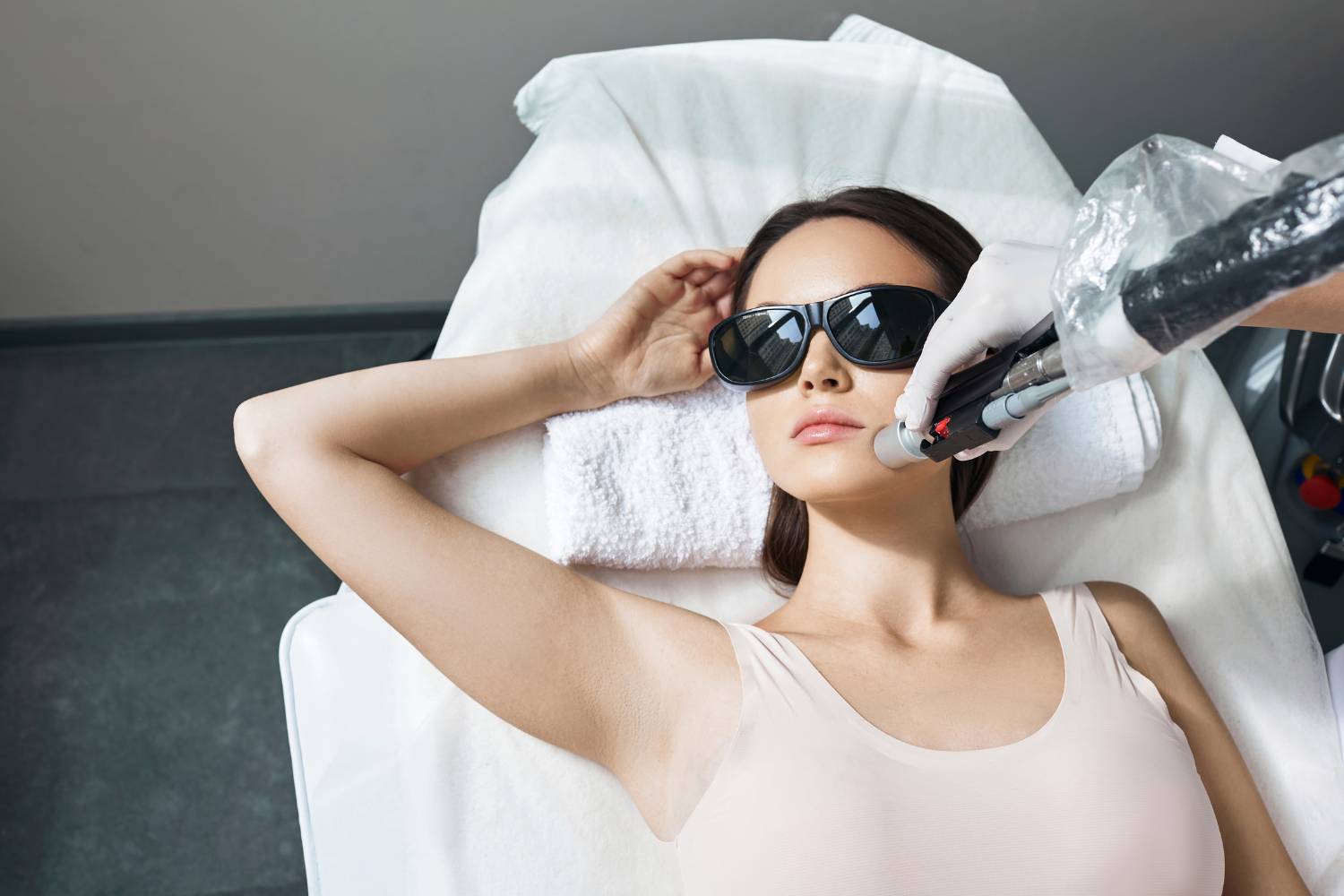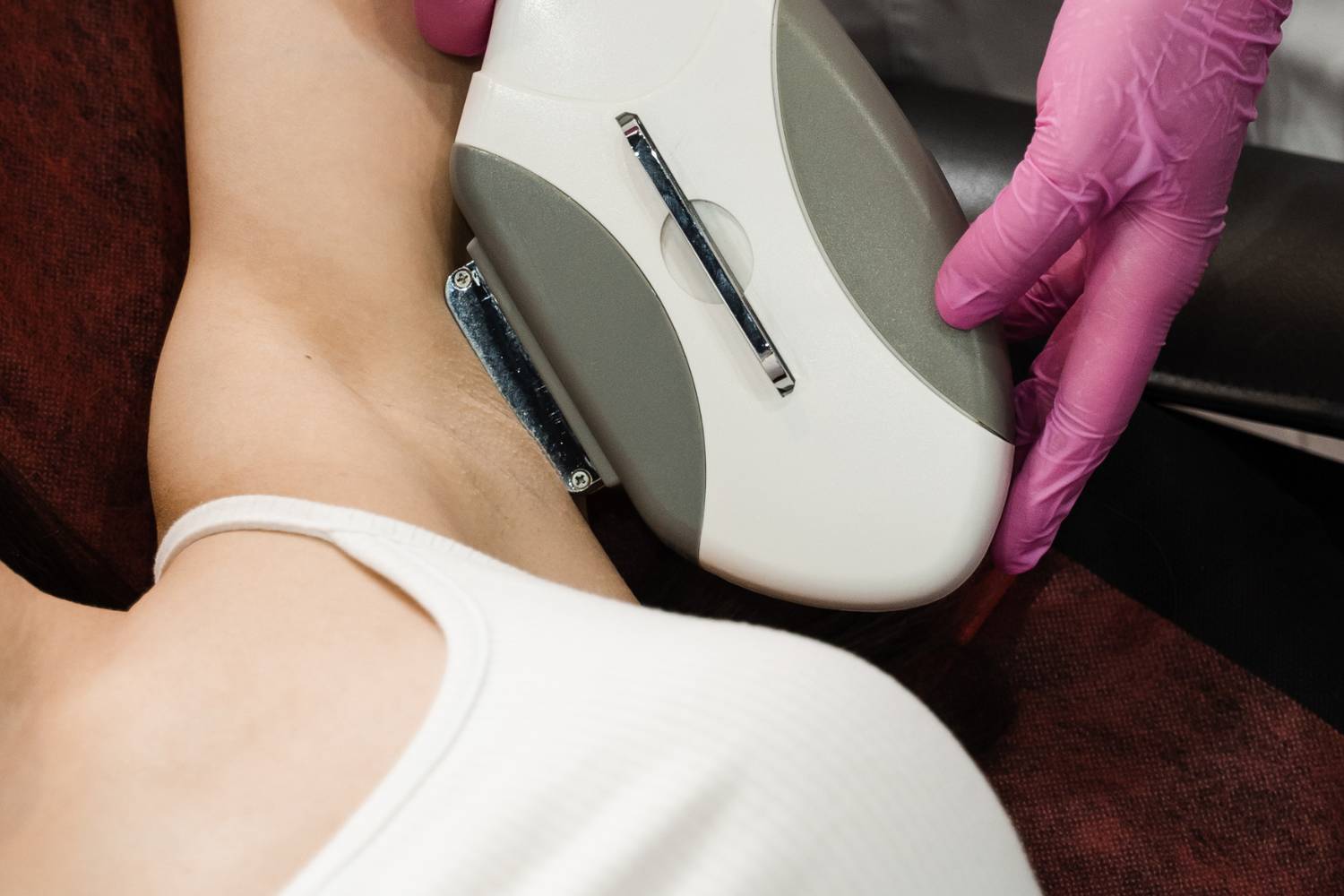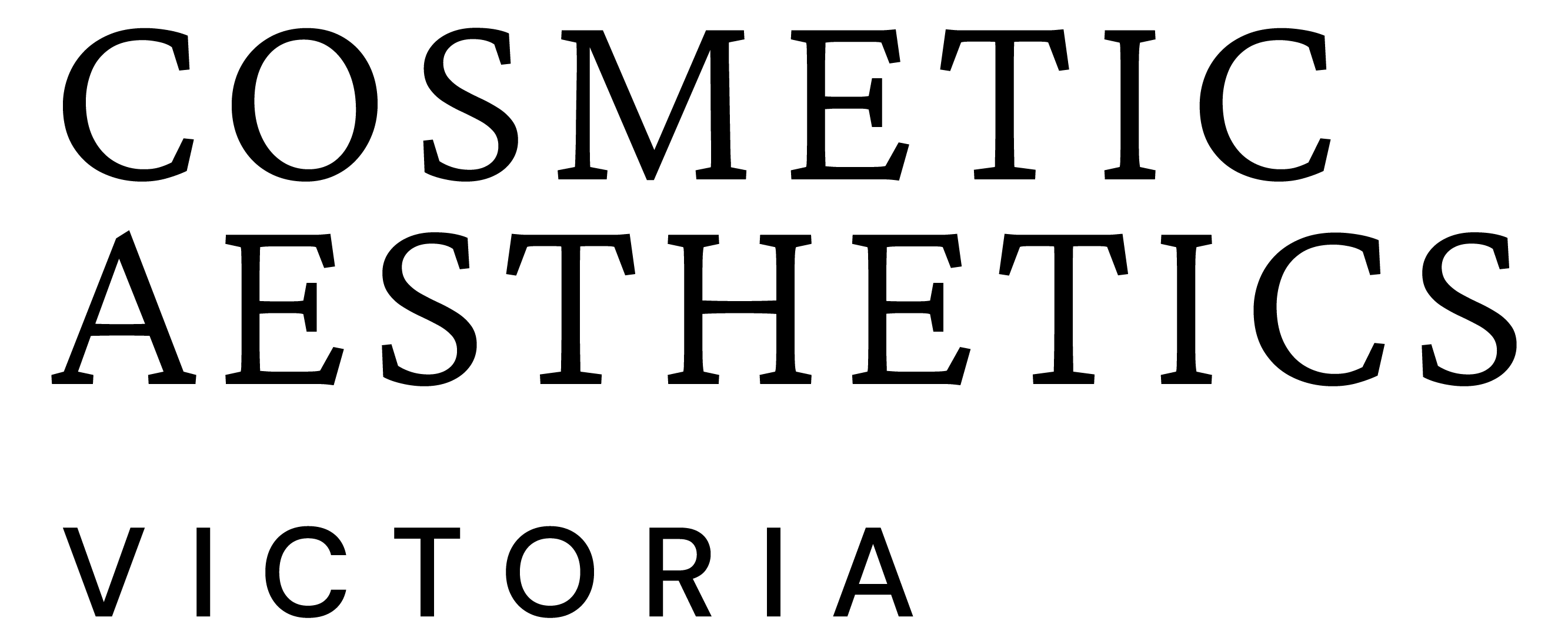
What Are the Side Effects of Laser Hair Removal?
Laser hair removal has become an increasingly popular method for long-term hair reduction in Australia. It’s praised for its precision, speed, and effectiveness. As someone who’s experienced it firsthand, I can attest to the ease and convenience of this treatment. However, like any cosmetic procedure, it’s not without its potential side effects.
While most side effects of laser hair removal are temporary and mild, they can still cause some discomfort and concern. As a practitioner, I’ve had numerous conversations with clients about the possible reactions after their treatments. It’s crucial to set the right expectations from the outset, ensuring that they’re well-informed.
This blog takes a clear-eyed look at what to expect, from common reactions like redness and swelling to rarer complications. Our goal is to provide you with the knowledge you need to make informed and confident decisions about your treatment journey.
The Most Common Side Effects Of Laser Hair Removal
1. Redness And Swelling: Temporary Yet Common Reactions
One of the most common side effects I’ve noticed in clients after their laser hair removal sessions is redness. Think of it like a mild sunburn. The skin turns a little red around the treatment area, and this reaction is typically the result of the heat being absorbed by the hair follicles and surrounding skin. It’s entirely normal and, in most cases, doesn’t last long. From my experience, redness usually fades within a few hours to a couple of days.
However, if you have sensitive skin or are prone to conditions like rosacea, it might take a little longer for the redness to subside. I had one client who mentioned feeling like their skin was “on fire” for a couple of hours post-treatment. After following the aftercare instructions, which included applying a cool compress, they felt much better, and the redness was gone by the next day.
2. Swelling (Edema): A Sign Of Healing
Swelling around the hair follicles is another common occurrence. This is known as perifollicular edema, and while it can be a little unnerving, it’s actually a good sign. It’s a temporary swelling caused by the heat delivered to the follicles, and it’s part of the process of follicle destruction.
Interestingly, not everyone experiences this swelling, but it’s something I keep an eye on, especially when treating areas like the upper lip or underarms. The swelling can make the treated area look bumpy, but it usually resolves quickly. I always recommend applying a cold compress to the area, as it can significantly reduce swelling and discomfort.
3. Sensation Of Heat: Mild Discomfort
Now, I’ll be honest—laser hair removal isn’t completely painless. During the treatment, clients often feel a sharp, quick sensation, almost like a rubber band snapping against the skin. This is perfectly normal. I’ve had some clients describe it as a mild stinging or prickling sensation. It can be uncomfortable, especially in more sensitive areas like the bikini line or underarms, but most clients find it manageable.
To ease this discomfort, a topical numbing cream is usually applied to the treatment area beforehand. I recommend it to my clients, especially those who are more sensitive. The sensation of heat typically fades once the procedure is over, but there may still be some mild discomfort immediately afterwards. If you’ve ever had a deep wax or threading treatment, the sensation is somewhat comparable.
4. Itching: A Normal Reaction
Itching can also occur as the skin heals. I’ve found that this is most common in areas with thicker hair, like the legs and underarms. While it’s not usually severe, it can be annoying. The best advice I give to clients is to resist the urge to scratch. Scratching could lead to skin irritation, scabbing, or even infection.
In my practice, I always advise my clients to use a soothing lotion, such as one containing aloe vera, to help calm the skin. I also recommend fragrance-free products to avoid further irritation. Typically, the itching subsides within a few hours to a few days, depending on the individual’s skin type and the treatment area.

Temporary Pigment Changes After Laser Hair Removal
Hyperpigmentation: The Darkening Of The Skin
Another side effect that is more common in individuals with darker skin tones is hyperpigmentation. This happens when the skin becomes darker in response to the heat from the laser. I’ve noticed that this is most likely to happen in areas that have been exposed to the sun shortly before or after treatment.
In fact, I’ve had a couple of clients with darker skin tones who experienced post-inflammatory hyperpigmentation (PIH) after their sessions. While it was concerning at first, the pigmentation gradually faded over a period of 3 to 6 months. For those with darker skin tones, I always recommend avoiding direct sun exposure for a few weeks before and after their treatment, and wearing a broad-spectrum sunscreen daily. This helps prevent the darkening from worsening.
Hypopigmentation: A Rarer Side Effect
On the flip side, some individuals might experience hypopigmentation, where the skin lightens in certain areas. This is a much rarer side effect, but it can occur in about 1% of patients. While hyperpigmentation is more common, hypopigmentation can sometimes be permanent.
I’ve only had one case where hypopigmentation occurred, and it took months for the skin to return to its normal shade. For this reason, I always take extra care when adjusting the laser settings, especially for individuals with sensitive or lighter skin tones.
Less Common Or Rare Side Effects Of Laser Hair Removal
While most side effects of laser hair removal are temporary and mild, there are some rare instances where more serious reactions can occur. These are typically associated with improper aftercare or inappropriate laser settings. In my experience, these side effects are uncommon but important to keep in mind.
Scabs, Blisters, And Burns: What To Watch For
Scabs or small blisters can sometimes form after a laser hair removal session, particularly if you’re not following proper aftercare or if you’ve been exposed to the sun before or after treatment. I’ve had a few clients come back for their follow-up sessions with small blisters, but they were easily treated with soothing creams and proper hygiene.
Blistering usually occurs within the first 3 days after the treatment and typically resolves within 3 to 7 days. However, it’s important to avoid scratching or picking at blisters, as this can lead to scarring or infection. One of my clients, who had treated her underarms, developed blisters after being out in the sun for just a couple of hours. She was given detailed instructions to avoid the sun and apply a cold compress, which helped speed up her recovery.
Scarring: Is It Likely?
Scarring is a rare side effect, but it can happen, especially if the laser settings were too high or if the skin was not cared for properly after treatment. I’ve seen very few cases of scarring, but when they do happen, they are typically linked to severe burns or blisters that weren’t managed well.
It’s important to follow the practitioner’s aftercare advice, which usually includes keeping the treated area moisturised and avoiding sun exposure. Scarring can occur if burns or blisters are not treated correctly. Fortunately, the incidence of scarring is very low—around 1 in 800 patients. That said, individuals who are prone to keloids or hypertrophic scars might have a slightly higher risk of permanent scarring.
Paradoxical Hypertrichosis: An Unexpected Side Effect
One of the more surprising and less commonly discussed side effects is paradoxical hypertrichosis, where you actually see more hair growth in the treated area. This is a rare occurrence, but it can happen, especially in areas like the face and neck.
I had a client who experienced this a few months after her laser treatment on the chin area. She was concerned because, instead of the hair reducing, it started growing back thicker and darker. This phenomenon, while rare, typically occurs due to incorrect laser settings or hormonal imbalances, such as those related to PCOS (Polycystic Ovary Syndrome). In my experience, this side effect is temporary and often resolves itself after several months, but in some cases, it may require further treatments or adjustments to the laser settings.
Skin Infections And Eye Injuries: Additional Risks
Though not a common occurrence, certain risks can lead to more serious complications following laser hair removal.
Folliculitis: A Rare Post-Laser Skin Infection
Laser hair removal can create an environment where hair follicles are more susceptible to infection. Folliculitis, which is an infection of the hair follicles, is one of the rarer complications, but it can happen. The incidence of folliculitis following laser treatment is around 6.4%, with most cases being mild. It usually appears as small red bumps at the site of treatment. I had a client who came in complaining of tiny pimples on her legs after a session.
Eye Injuries: Protecting Sensitive Areas
Laser hair removal is highly effective when performed on areas like the face and neck, but it’s crucial to be cautious around the eyes. Laser treatments, if not administered properly, can cause serious eye injuries. I’ve always made it a point to ensure my clients wear protective eyewear, especially when working around the eyebrows and upper lip areas.
In fact, there have been rare cases where individuals suffered eye injuries from either direct exposure or laser light reflected onto the eye. While such incidents are very uncommon, wearing protective, opaque goggles during treatment is essential for ensuring safety.
Factors That Increase The Risk Of Side Effects
| Risk Factor | Why It Matters | Recommended Precaution |
| Skin Type & Colour | Darker skin contains more melanin, which absorbs more heat and raises the risk of burns or pigmentation | Use appropriate laser type (e.g., Nd:YAG) and tailor settings to skin tone |
| Tanned Skin | Recently, tanned skin has increased melanin, making it more prone to hyperpigmentation and burns | Avoid sun exposure 2 weeks before and after treatment; delay sessions if recently tanned |
| Practitioner Skill | Incorrect settings or technique can lead to burns, scarring, or ineffective treatment | Choose a licensed, experienced practitioner; ensure proper consultation and patch test |
Managing And Treating Laser Hair Removal Side Effects
Most of the side effects from laser hair removal are temporary and can be managed easily with the right care.
Cooling: Applying Cold Compresses For Relief
The first line of defence after a laser treatment is cooling the skin. I always recommend applying a cold compress or ice pack to reduce swelling and heat sensation. This helps soothe the skin and provides immediate relief, particularly if there’s discomfort or irritation.
Moisturising And Soothing Creams: A Soothing Remedy
Soothing creams and moisturisers can work wonders in alleviating discomfort. I typically advise my clients to use fragrance-free lotions with ingredients like aloe vera or chamomile. These natural ingredients are perfect for calming the skin and promoting healing. Personally, I’ve found that applying a good-quality aloe vera gel after the treatment helps reduce the risk of irritation and inflammation.
Avoid Scratching Or Rubbing The Treated Area
One of the most important pieces of advice I give to clients is to avoid scratching or rubbing the treated areas. I can’t stress enough how crucial this is for preventing complications like scabbing or infection. To help reduce the itch, I recommend applying soothing creams and keeping the skin clean and dry.
Avoid Strenuous Activity And Heat: Essential For Recovery
It’s crucial to avoid activities that may cause excessive sweating or heat for 24 to 48 hours after your laser session. Strenuous exercise, hot showers, saunas, and even swimming pools can irritate the skin and delay the healing process.
From my personal experience, I’ve found that some clients underestimate how important this post-treatment care is. One of my clients, who works out intensely, continued her usual fitness routine immediately after treatment. As a result, she noticed that her skin became more inflamed and took longer to heal. After I recommended she take a short break from exercise, the healing process sped up significantly, and her irritation improved. Giving your skin time to recover is vital to avoid exacerbating any side effects.
Sun Protection: A Must-Do For Healthy Skin
Sun protection is absolutely key after laser hair removal. The skin is more sensitive to UV rays after the treatment, which makes it more prone to pigmentation changes. I can’t stress enough how important it is to apply sunscreen with a high SPF, even on cloudy days. I recommend SPF 30 or higher, and reapplication every two hours if you’re spending time outdoors.
I’ve had clients return months after their treatment, only to find that their skin pigmentation has changed due to a lack of sun protection. To prevent this, I suggest my clients make it a habit to apply sunscreen before leaving the house, especially if they’re heading out during peak sunlight hours.
Long-Term Safety And Considerations
In my years of practice, I’ve observed that laser hair removal is generally safe with minimal long-term side effects. According to recent studies, complications are rare, and the vast majority of clients enjoy excellent long-term results without any serious adverse effects. A 2020 study following patients for up to 11.5 years showed no serious long-term risks associated with laser hair removal.
As a practitioner, I ensure that clients are well-informed about both the immediate and long-term effects, and I always emphasise the importance of regular check-ups after multiple sessions. While rare side effects like scarring or pigmentation changes can occur, they tend to be isolated cases that are preventable with proper care.
Contraindications And Cautions: Who Should Avoid Laser Hair Removal?
Is Laser Hair Removal Safe For Everyone?
While laser hair removal is safe for most people, it’s not suitable for everyone. Certain conditions may require caution or make laser hair removal unsuitable altogether. For instance, I’ve had clients who were pregnant or breastfeeding, and in those cases, I strongly recommend postponing the procedure. While laser treatments have not been studied extensively in pregnant or breastfeeding women, the hormonal changes during this time can affect the treatment’s effectiveness and safety.
For those with active skin conditions or infections like eczema, psoriasis, or cold sores, I advise waiting until the skin is healed before undergoing laser treatment. Treating areas with open wounds or active rashes could lead to complications and unnecessary pain.
What To Do Before And After Laser Hair Removal?
Before your session, it’s crucial to follow a few basic instructions to ensure the treatment is as effective as possible. I always tell my clients to avoid waxing, plucking, or electrolysis for several weeks prior to the procedure. This is because these methods remove the hair root, and the laser specifically targets the hair follicle, which needs to be intact for the best results.
After treatment, following aftercare instructions is equally important. Staying away from sun exposure for at least two weeks before and after treatment is a must. I can’t stress enough how important it is to apply sunscreen religiously and keep the treated area moisturised. I’ve also seen a few clients try to “rush” the healing process by engaging in strenuous activities too soon, which only prolongs recovery.
Laser hair removal is a game-changer for many people who seek a long-term solution for unwanted hair. It’s an excellent choice for many, offering a quick, effective, and relatively painless option compared to traditional hair removal methods like waxing or shaving. From my personal experience with clients, the results can be life-changing. Many of them report how freeing it is to no longer worry about regular waxing or shaving appointments.
However, as with any procedure, it’s essential to be aware of the potential side effects. Most of these are mild and temporary, like redness and swelling, but understanding the rarer risks, such as scarring or burns, will help you be better prepared.
The key takeaway is that laser hair removal can be highly effective and safe if performed by a skilled practitioner. Always make sure to follow pre- and post-treatment care to minimise risks. By doing so, you can enjoy smooth, hair-free skin with minimal side effects.

